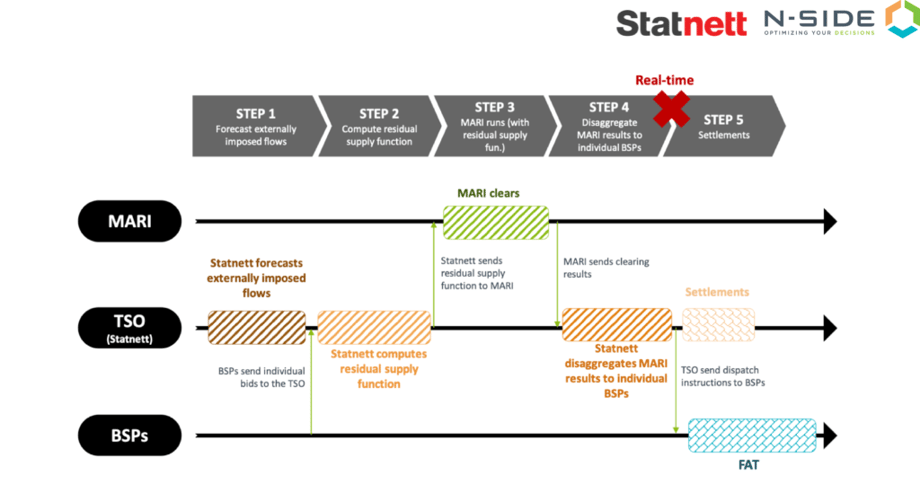Professional Services
Whether your challenge can be solved by our existing products or requires the development of new analytics solutions and market design approaches, our team is ready to help.
New Project with Statnett: Detailed Simulations for alternative balancing solutions

Building on a first study in 2020, N-SIDE kicked-off a new project with Statnett in January entitled “Detailed Simulations for alternative balancing solutions”, in which our Power Matching Solution will be leveraged.
The project tackles a rising concern for TSOs: In the coming years, European balancing platforms, such as MARI, will be implemented, which will make the domestic resources accessible to all European TSOs while considering a zonal grid model. This may trigger activations causing grid constraint violations on an intra-zonal level. N-SIDE conducted a first study with the Norwegian TSO Statnett consisting in identifying promising approaches to enable the TSO to manage its balancing activations through MARI while securing its internal grid constraints.
The new project, which will span over a period of one year, focuses on two of the promising approaches identified in the first study, i.e the “individual BSP” approach and the “aggregated BSP” approach. The goals of the project are threefold:
- To close the remaining open design questions related to the two above-mentioned approaches identified in the first study
- To perform “real-life set-up” simulations of the approaches thanks to the computation of the residual supply function in N-SIDE Power Matching Solution
- To extract meaningful information from the simulation results in order to compare the approaches and draw the right conclusions.
The “individual BSP” approach where the bids are forward directly to MARI and basically does not take into account the network before or within MARI. It therefore relies on the option of restoring network feasibility after MARI has completed:

The “aggregated BSP” approach, where the bids are modified and merged together by Statnett before being transmitted to the MARI platform. It therefore attempts to represent the network constraints within MARI but somehow implicitly by “mixing” the bids together beforehand:

Read the full report published by Statnett of the first study in 2020, encompassing the comprehensive discussion of the problematic and a detailed description of the approaches together with their results.













